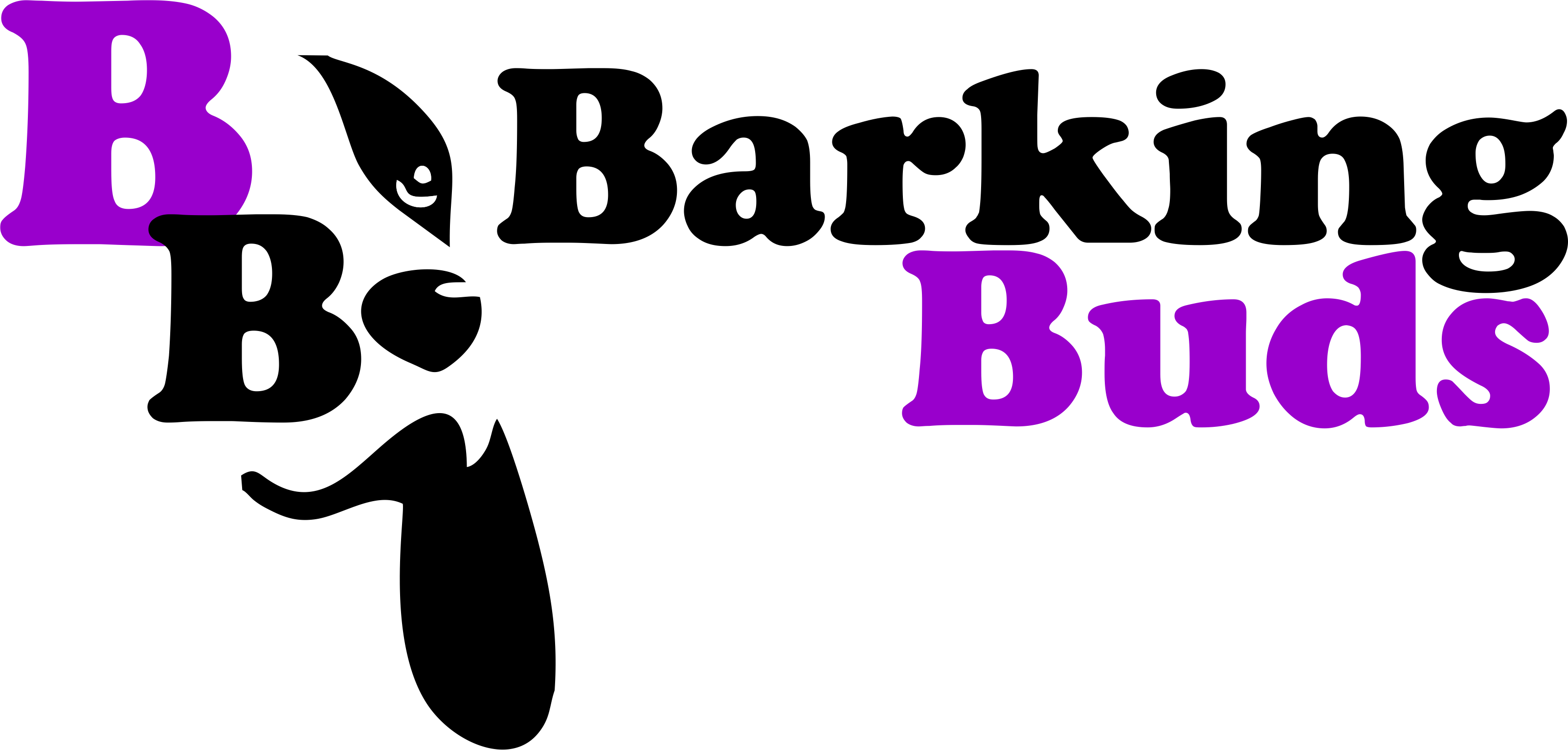Dear Dog Owners,
If you’re reading this, chances are you’re on your journey of training your beloved furry friend. Perhaps you’ve experienced the frustration of your dog ignoring your cues or being overly distracted during walks or at home. Trust me, you’re not alone. Many passionate dog owners face this challenge, and it’s a conversation worth having.
One of the most crucial yet often overlooked aspects of dog training is the concept of disengagement. So, what exactly does this mean, and why is it essential for both you and your dog’s well-being?
What is Disengagement?
In simple terms, disengagement refers to your dog’s ability to shift their focus away from distractions and back to you. It’s that magical moment when your pup chooses to tune into your voice rather than the squirrel darting up a tree or the enticing smell of sausages wafting from a nearby picnic. It’s not just about obedience; it’s about building a genuine connection with your dog.
Why is Disengagement Important?
- Building Trust and Confidence: When your dog learns to disengage from distractions, they begin to trust that you’ll guide them through any situation. This trust fosters a deeper bond between you and your furry companion. You become the safe haven they can rely on, and in turn, they feel more confident in navigating the world around them.
- Enhancing Focus: Disengagement is critical for improving your dog’s focus. Imagine trying to study for an exam while your favourite music is blasting in the background. It’s tough, right? Similarly, dogs need to learn to filter out distractions. Teaching them to disengage allows them to concentrate on your cues, making training sessions more productive and enjoyable.
- Promoting Safety: In our busy world, distractions are everywhere. A dog that can disengage is less likely to bolt into traffic or chase after another animal. By focusing on you, your dog learns that you are their priority, which can prevent dangerous situations and keep them safe.
- Creating a Positive Training Experience: Disengagement doesn’t just benefit your dog; it enhances your training experience too. When your dog is focused on you, training becomes a fun and rewarding activity for both of you. You’ll find that your sessions are filled with joy rather than frustration, leading to a happier, stronger relationship overall.
How to Teach Disengagement
Now that you understand why disengagement is vital, let’s talk about how to teach it effectively. Here are some practical tips:
- Start Small: Begin in a low-distraction environment. Use treats or toys to capture your dog’s attention and reward them when they look back at you. Gradually introduce more distractions as they improve. This may take so time so don’t rush it!
- Use a Cue: Create a cue word or phrase that signals your dog to focus on you. This could be as simple as “Look!” or “Hey!” Consistency is key, so use the same cue every time and make sure it is followed by a reward.
- Practice, Practice, Practice: Make disengagement a regular part of your training routine. Use it during walks, playtime, and everyday interactions. The more you practice, the more natural it will become for your dog, and they will start to choose it without a cue from you.
- Stay Patient: Remember, training is a journey, not a race. Celebrate small victories and be patient with your dog as they learn. It’s okay to have setbacks; what matters is your commitment to helping them succeed.
As you embark on this journey of training your dog, remember that engagement and disengagement go hand in hand. By fostering the ability to disengage, you’re not just teaching your dog to listen; you’re building a relationship rooted in trust, safety, and love.
So, take a deep breath, embrace the process, and know that every moment you invest in your dog’s training is a step toward a more fulfilling partnership. You and your dog are in this together, and with a little patience and persistence, you’ll both emerge stronger.
Happy training!
